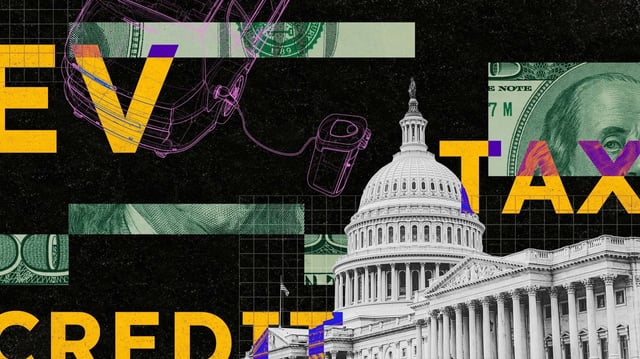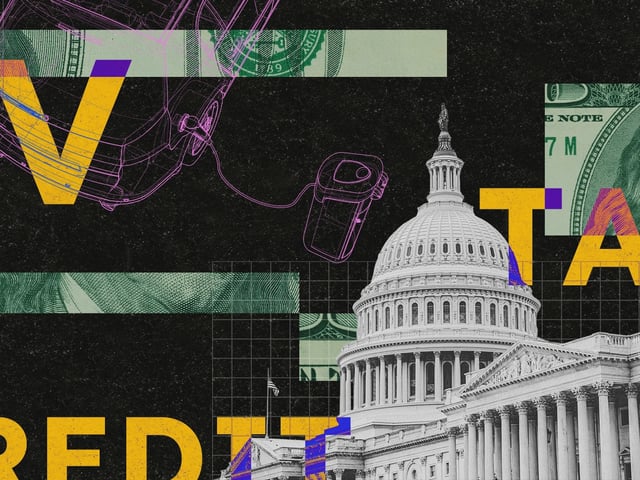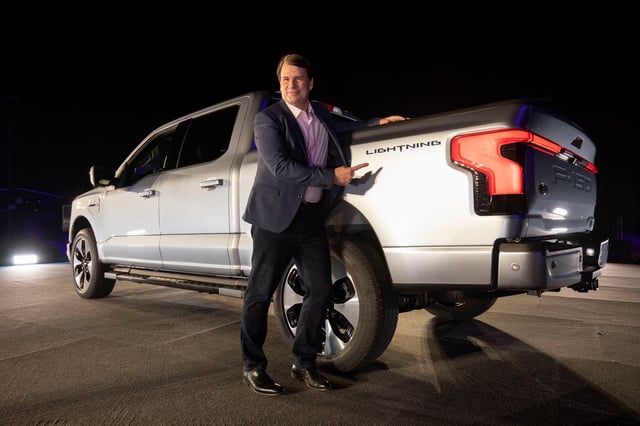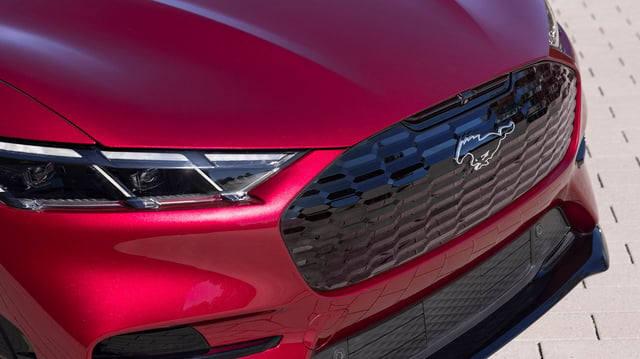Overview
- Treasury’s consumer EV incentives ended Sept. 30, closing credits worth up to $7,500 for new vehicles and $4,000 for used models.
- Buyers rushed to beat the cutoff, with Tesla delivering 497,099 vehicles in Q3 (up 29% from Q2 and about 7% year over year) and Rivian posting a nearly 32% delivery jump to 13,201, as analysts say EVs likely reached a record ~10% of U.S. sales for the quarter.
- Automakers used pre-deadline workarounds, including Ford and GM captive-finance down payments on dealer stock to lock in credits, and are now offering their own incentives such as Tesla’s roughly $6,500 discounts and Hyundai’s $7,500–$9,800 offers.
- Ford CEO Jim Farley warned U.S. EV market share could slide toward about 5% from roughly 10%–12%, as analysts flag a near-term sales dip and rising cost pressures from parts tariffs that are steering some companies toward hybrids.
- Longer-term risks are mounting, with Princeton’s Zero Lab estimating BEV sales could be about 40% lower by 2030 without federal support, California declining to backfill the credits, related solar and charging incentives scheduled to end, and battery makers confronting surplus capacity and delayed projects.



